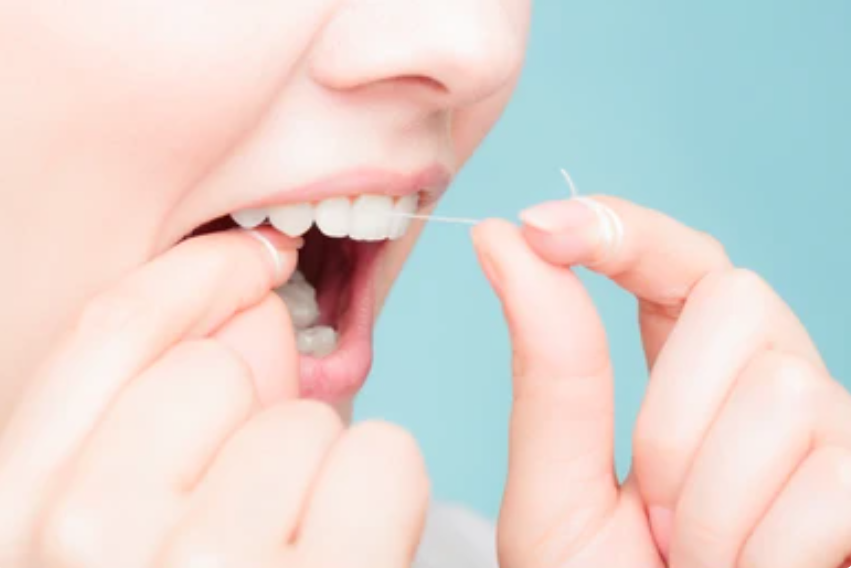Did you try flossing your teeth recently, and then stop when
your gums bled? It is a common problem.
Many of us avoid the whole idea of flossing. We do not even like
to talk about it. And when we try it, we discover our gums bleed so we stop,
out of fear.
We fear it is serious, like gum disease. And we fear our
dentist will judge us or tell us off like a naughty child for not looking after
our gums. So we avoid the dentist as well.
But in actual fact, a bit of blood when you floss is normal,
particularly if you do not floss often. It does not mean it is healthy –
healthy gums do not bleed. But it does not mean you should stop: it means you
should floss more often.
The cause of the bleeding is the plaque which has built up
between your teeth. Plaque is a sticky film of bacteria that forms on the surface
of the teeth, between the teeth and above and below the gums. If plaque is not
cleared away, it can lead to gum disease, as plaque can irritate and inflame your
gums. When you try to remove the plaque buildup by brushing or flossing, your
swollen, inflamed gums start to bleed.
Keep flossing twice a day, and if the bleeding does not stop
after a few weeks, see your dentist for a proper clean and advice.

How to floss
1. Take approximately 30-45cm of floss and wind it around
your middle fingers on each hand. Hold the floss so that the string is tight
and use your thumbs and index fingers to control it.
2. Gently slide the dental floss between the teeth.
3. Use a gentle up and down motion to rub the floss along
the side of each tooth. The floss will be able to go slightly under the gums to
remove the plaque from this area also.
4. Remove the used floss and then move on to the next space
using a new section of floss or rinsing the string on a flossette under running
water.